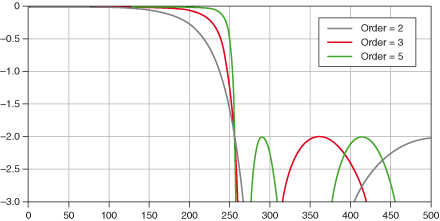No, it's not that easy. You need to lowpass before decimating, otherwise there will be aliasing or other frequency response warping effects.jrmoserbaltimore wrote: ↑Sat Dec 30, 2023 1:52 am
Decimation from 96kHz to 48kHz is just throwing out every other samples, so no need for FIR.
Generally, you can get away with smaller FIRs if you can tolerate duller sound. But if you want transparency at high frequencies, somewhere between 64-128 tap filter at 96k is necessary. Which amounts to 0.5-1ms of additional latency if you need to decimate to 48k.



